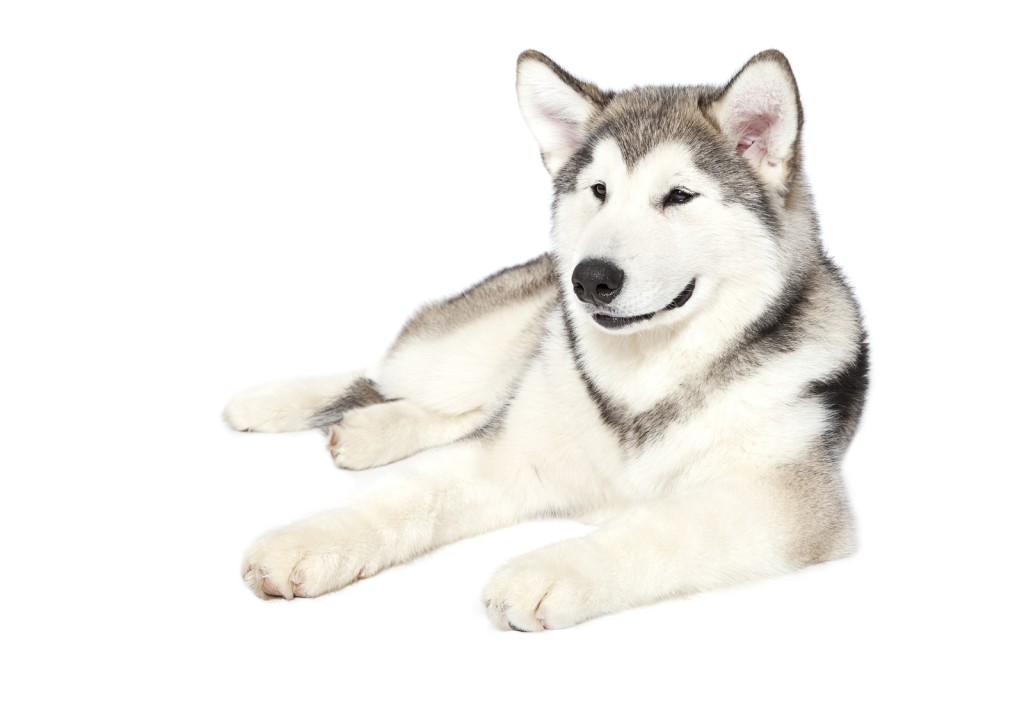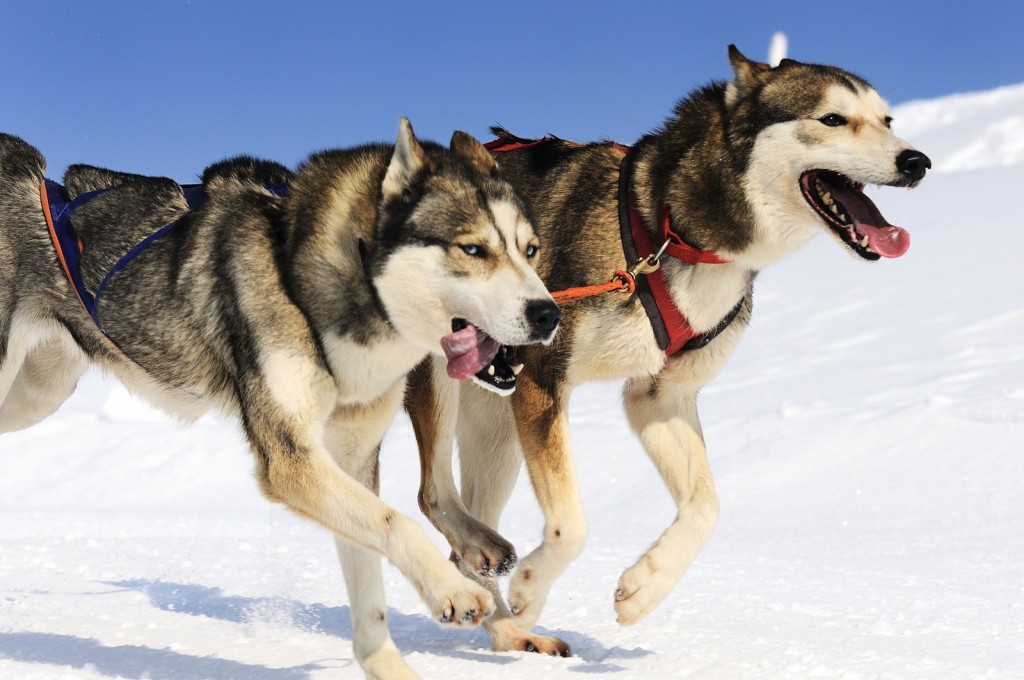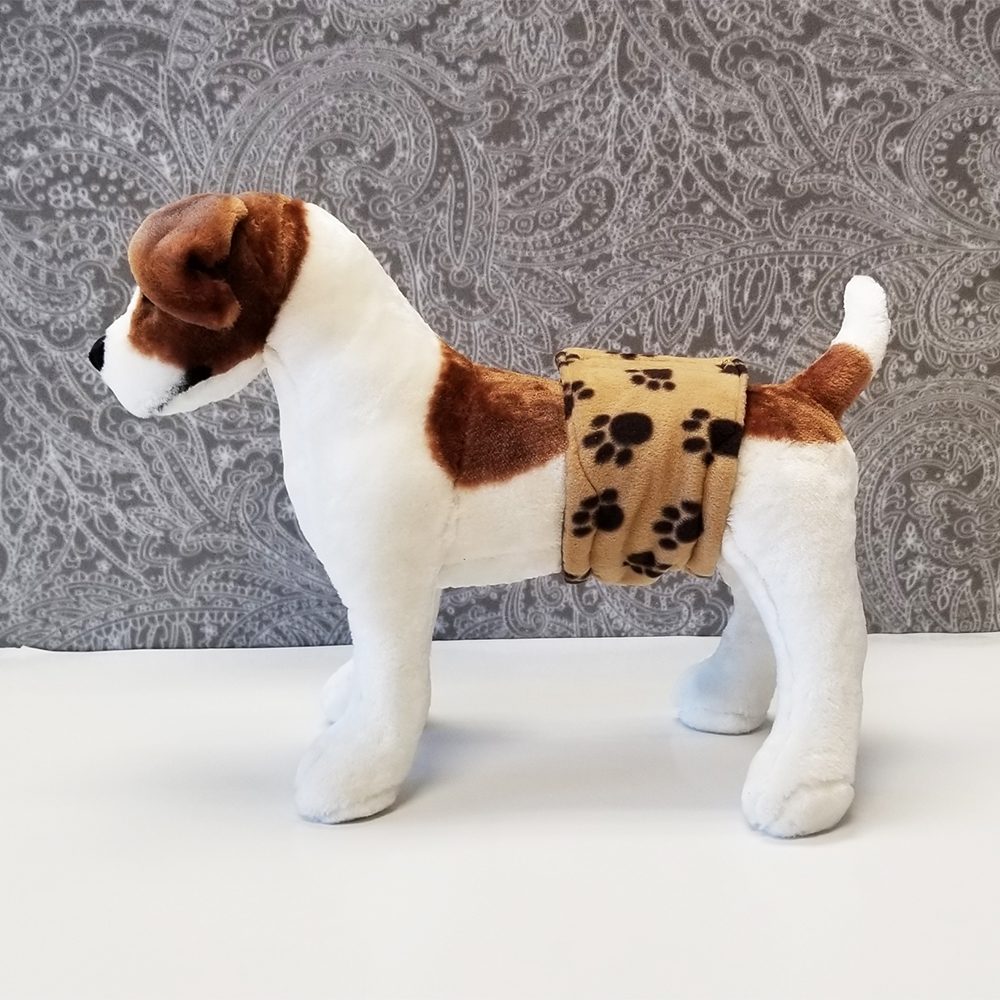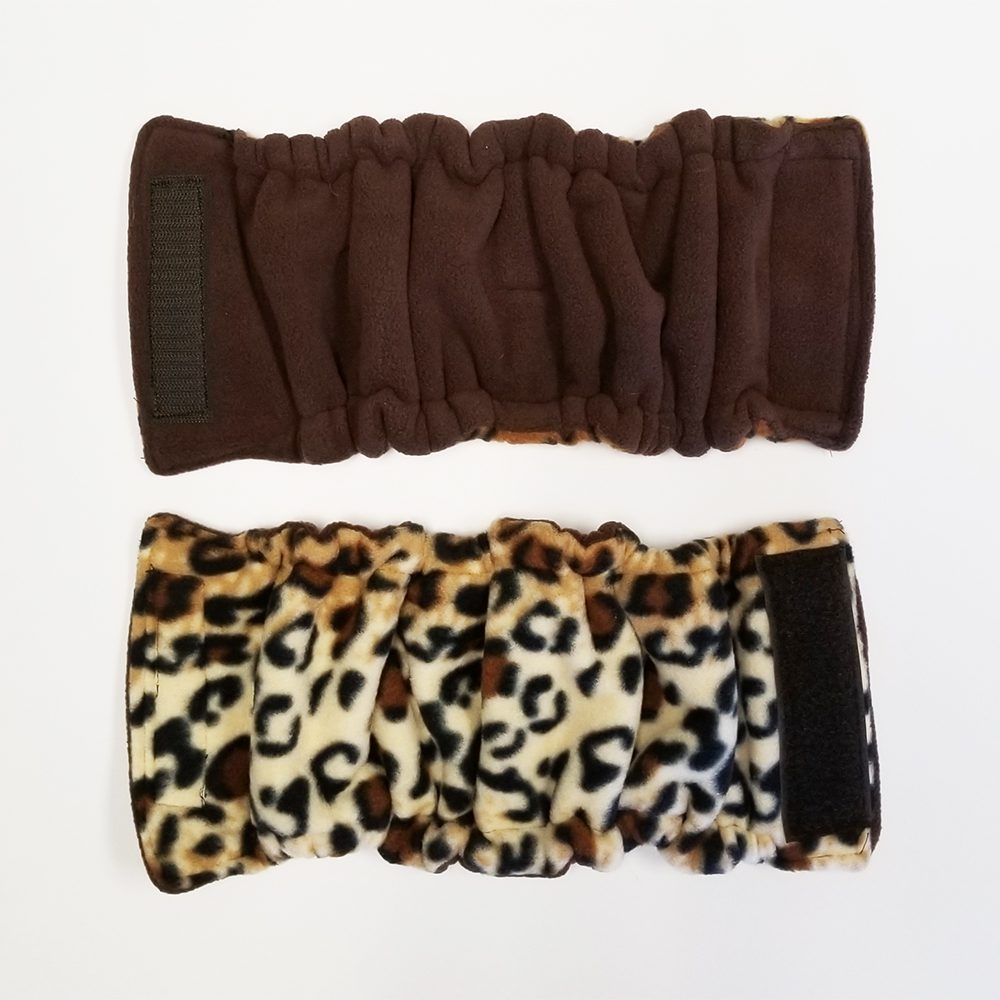Alaskan Malamute

Alaskan Malamute: The Majestic Powerhouse of the North
Welcome to the comprehensive guide on the Alaskan Malamute, a breed that epitomizes strength and endurance. This page will explore the remarkable qualities and care requirements of the Alaskan Malamute, a dog that is both a loyal companion and a symbol of rugged resilience.
Overview
AKC Height: 23-25 inches
AKC Weight: 75-85 pounds
Colors: The usual colors range from light gray through intermediate shadings to black, sable, and shadings of sable to red. Color combinations are acceptable in undercoats, points, and trimmings. The only solid color allowable is all white.
Life Expectancy: 10-14 years
Group: Working Group
_______________________________________

Physical Characteristics
- Size and Strength: Alaskan Malamutes are one of the largest and most powerful Arctic sled dogs, with males typically weighing between 85 and 95 pounds. They possess a sturdy, muscular build.
- Coat and Appearance: They have a thick, double coat suited to cold climates, with colors ranging from light gray to black and shades of sable and red.
Temperament and Personality
Known for their friendly, outgoing nature, Alaskan Malamutes are affectionate with their families and exhibit a playful demeanor, often retaining puppy-like qualities well into adulthood.
Training and Exercise Needs
- Training: While intelligent, Malamutes can be independent and strong-willed, requiring consistent, positive reinforcement training methods.
- Exercise: They need regular, vigorous exercise. Activities like hiking, pulling, and running are ideal to satisfy their high energy levels.
- Mental Stimulation: Mental challenges are as important as physical exercise. Interactive play, training exercises, and puzzles can keep their minds engaged.
Health and Nutrition
- Dietary Needs: A balanced diet that supports their energy levels is vital. A high-quality dog food appropriate for large, active breeds is recommended.
- Health Issues: Alaskan Malamutes are generally healthy but can develop conditions such as hip dysplasia, Hypomyelination, polyneuropathy, Von Willebrand’s Disease, hypothyroidism, Chondrodysplasia, PRA, hip/elbow dysplasia. Regular health check-ups are essential. Dog Health Dictionary
Grooming and Care
- Coat Care: Their dense coat requires regular grooming, especially during the shedding season. Brushing several times a week helps manage their heavy coat.
- General Care: Routine care should include regular dental hygiene, nail trimming, and ear cleaning.
Living with an Alaskan Malamute
- Family Life: Malamutes are well-suited for families, showing a gentle demeanor around children. Their sociable nature means they often get along with other dogs.
- Adaptability: They thrive in environments where they have space to move and explore. They are not well-suited for hot climates due to their thick coats.
- Commitment: Ownership of an Alaskan Malamute requires a commitment to their exercise, training, and grooming needs. They form strong bonds with their owners and are best suited for active individuals or families.
Responsible Breeding and Adoption
- Choosing a Breeder: Look for breeders who prioritize health and temperament and provide health clearances for breeding dogs.
- Adoption Options: Consider adopting from a rescue organization or shelter, as many Malamutes are in need of loving homes.
.
Conclusion: The Alaskan Malamute, with its striking appearance and friendly nature, is a remarkable breed that offers both companionship and a glimpse into the heritage of the Arctic. They are loyal, energetic, and require dedicated care, but the bond formed with a Malamute is truly rewarding.
Housebreaking
PUPPY HOUSEBREAKING tips: https://www.dog-breeds.net/puppy-housebreaking/
ADULT MARKING AND RETRAINING tips: https://www.dog-breeds.net/dog-housebreaking-marking-page/



